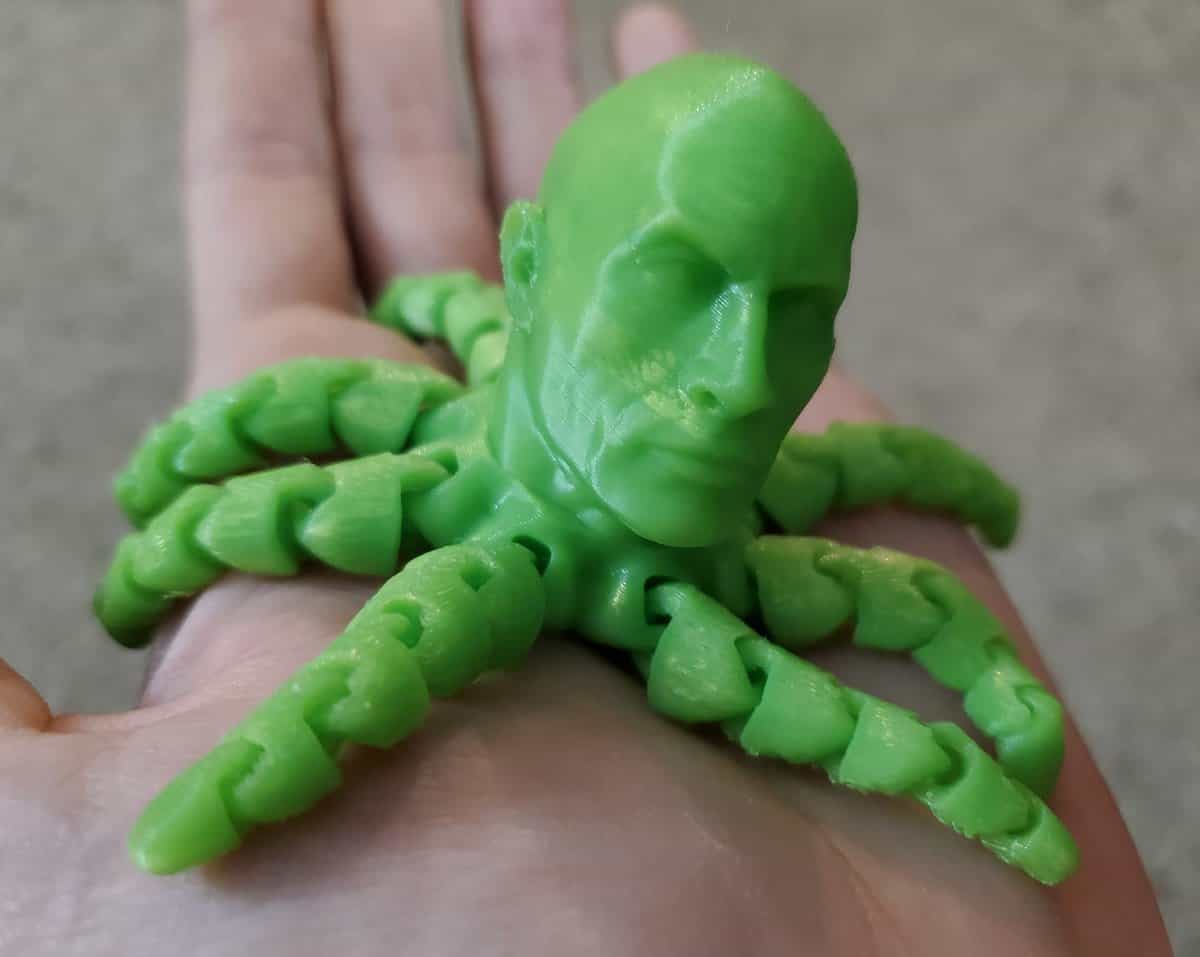How Do You Get A Perfect 3D Print?

Table of Contents
Achieving a perfect 3D print may not be as easy as it looks, but it's not that hard and complicated at the same time. Most people struggle to achieve a perfect 3D print, especially if they are amateur. So, if you want to learn a few tips about making a perfect 3D print, keep reading.
What Are The Steps to Achieve a Flawless 3D Print?
Getting a perfect 3D print is often challenging, especially for newcomers or amateurs. If you pay close attention to every detail, you can easily achieve a flawless print. Check out some of them below:
- Try using a high-quality 3D model which offers customization and is also well-designed. It will also save you extra time and effort.
- Make sure to use the best temperature and speed settings for the filament.
- Ensure your printer is calibrated accurately, including the build platform leveling and the nozzle's height adjustment.
- Use of the proper slicer settings in the printing software is compulsory.
- Don't ignore post-processing techniques: polishing, sanding, painting, and coating for the best-desired look.
FAQs
How to Determine Why A Print Looks Bad
The most common and easy way to find it is that the 3D print won't bond with the surface of the printing platform. The filament requires a textured base to adhere to the print. Therefore, you must create a better bonding surface to eliminate it. It can be due to an unlevel printing platform.
Conclusion
Achieving a perfect 3D print may still be a dream for some people. However, it has become so easy nowadays to achieve. A few factors come into play, including attention to each minute detail. Of course, assuming you have the filament to spare, practice makes perfect too. Follow the steps above, and be open to tweaking settings an trying more than one approach to get the perfect 3D print for your item.
